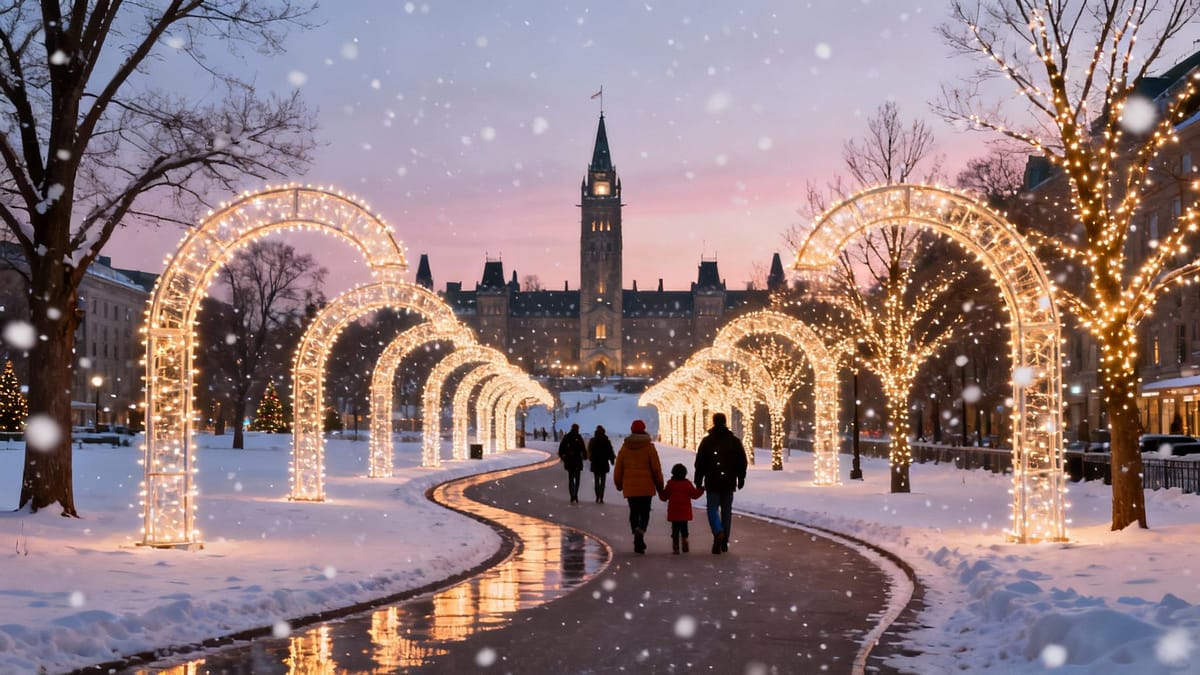In a historic turn of events, the Catholic Church has a new leader. Following the passing of Pope Francis on April 21, 2025, the College of Cardinals convened in the Vatican City and, after a period of deliberation within the papal conclave, elected Cardinal Robert Prevost as the new Pope. The announcement was made earlier today, with the traditional white smoke signaling to the world that a successor to the Chair of Saint Peter had been chosen. Cardinal Robert Prevost will now be known as Pope Leo XIV.
This election marks a significant moment in the history of the Catholic Church, as Robert Prevost becomes the first American-born Pope. His ascension to the papacy brings a unique perspective and background to the leadership of the global Catholic community.
Robert Prevost: From Chicago to the Vatican
Born in Chicago, Illinois, on September 14, 1955, the journey of Robert Prevost to the highest office in the Catholic Church has been one of dedicated service and leadership. He professed his solemn vows as a member of the Order of Saint Augustine in 1981 and was ordained a priest in 1982. His early ministry saw him serving in Peru for over a decade, where he gained invaluable experience in diverse pastoral and administrative roles within the Augustinian Vicariate of Chulucanas. This period shaped his understanding of the global Church and the challenges faced by different Catholic communities worldwide.
Upon returning to the United States, Robert Prevost served in parish ministry and rose through the ranks of the Augustinian order, eventually being elected as Prior Provincial of the Augustinian Province of Our Mother of Good Counsel for two terms starting in 1999. His leadership during this time was marked by a commitment to spiritual growth and communal life.In 2014, Pope Francis appointed Robert Prevost as the Bishop of Chiclayo, Peru. His tenure as bishop was characterized by his pastoral approach, his focus on the needs of the local church, and his active engagement with the community. He was known for his accessibility and his dedication to evangelization and social justice initiatives.
Most recently, prior to his election as Pope, Robert Prevost served as the Prefect of the Dicastery for Bishops, a crucial Vatican office responsible for overseeing the selection of new bishops globally. This role provided him with an intimate understanding of the leadership needs of the Church in various cultural and geographical contexts, making him a well-informed candidate for the papacy.
The Conclave and the Election of Robert Prevost
Following the death of Pope Francis, the College of Cardinals entered into a papal conclave, a process steeped in tradition and secrecy. The cardinal electors, typically those under the age of 80, gather in the Sistine Chapel to deliberate and vote on a new Pope. The process continues until one candidate receives a two-thirds majority of the votes.
The election of Robert Prevost as Pope Leo XIV indicates that he garnered the necessary support from his fellow cardinals. The moment the required majority was reached, the ballots were burned, and if the election was successful, straw is added to create white smoke, signaling the news to the waiting world in St. Peter’s Square. The white smoke that emerged earlier today confirmed the election of Robert Prevost.
Pope Leo XIV: Challenges and Opportunities
As Pope Leo XIV, Robert Prevost inherits a global Church facing numerous challenges, including declining membership in some regions, the ongoing need for reconciliation regarding past scandals, and navigating complex social and ethical issues. His experience as a bishop in South America and his recent role in the Dicastery for Bishops provide him with a broad understanding of these issues and the diverse needs of the Catholic faithful.
His American background also brings a new dimension to the papacy. As the first Pope from the United States, Robert Prevost is likely to bring his experiences from a Western, multi-cultural society to his leadership. His pontificate will be closely watched for potential shifts in emphasis and approach to global issues.
The selection of a new Pope always brings a sense of renewal and anticipation within the Catholic Church. The faithful around the world will be looking to Pope Leo XIV for guidance, leadership, and spiritual direction in the years to come. His first homily and his initial appointments within the Vatican will offer further insights into his vision for the Church.
Global Reaction to the Election of Robert Prevost
The news of Robert Prevost’s election as Pope Leo XIV is reverberating around the world. Catholic communities and leaders from various faiths and political spheres are offering their reactions and prayers for the new pontiff. The appointment of an American Pope is particularly significant for the Catholic Church in the United States, which represents a substantial portion of the global Catholic population.
News outlets worldwide are providing extensive coverage of this historic event, delving into the background of Robert Prevost and analyzing the potential implications of his papacy. The coming days and weeks will be crucial in understanding the direction Pope Leo XIV intends to take the Church.
Conclusion
The election of Cardinal Robert Prevost as Pope Leo XIV marks a new era for the Catholic Church. His extensive experience in pastoral ministry, his leadership within the Augustinian order, his service as a bishop in Peru, and his recent role in the Vatican have prepared him for this momentous responsibility. As the first American-born Pope, Robert Prevost brings a unique perspective to the Chair of Saint Peter. The world now awaits to see how Pope Leo XIV will lead the global Catholic community and address the challenges and opportunities that lie ahead.







